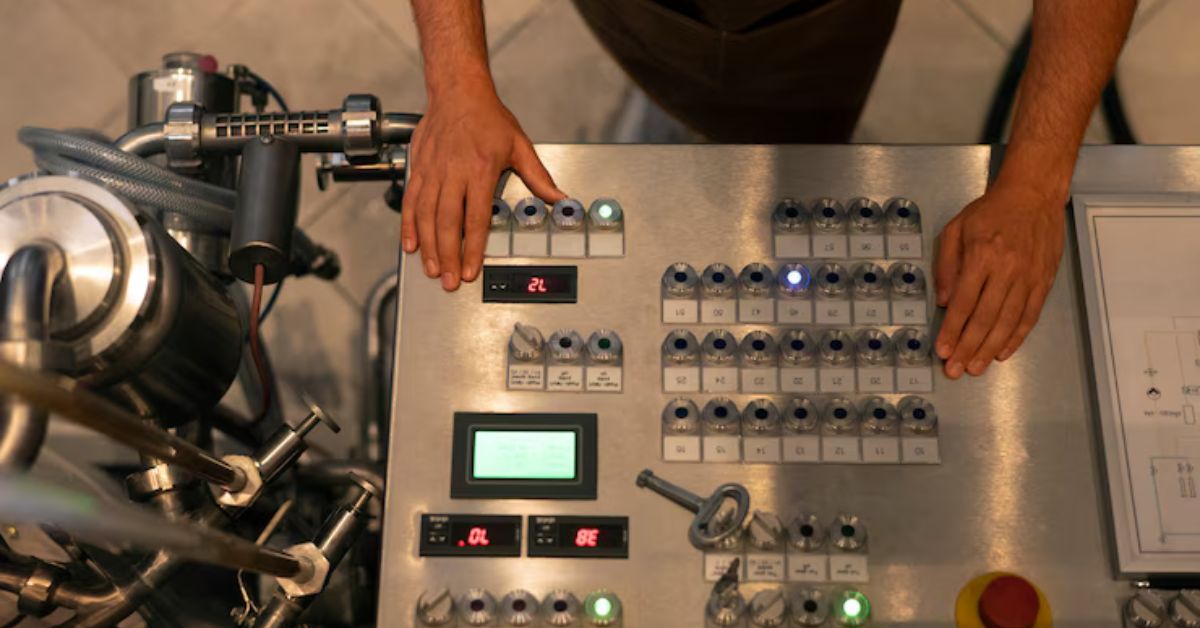The Evolution of Winding Technology
Winding technology, once a niche operation limited to rudimentary spinning devices, has evolved into a highly specialized industry crucial to sectors such as textiles, electronics, energy, and manufacturing. The transformation of this technology reflects advancements in automation, material science, and global industrial demands. This article explores the historical development, key milestones, modern innovations, and future trends of winding technology.
Early Beginnings: Manual Winding and Traditional Practices
Winding has existed in various forms for centuries. In ancient civilizations such as Egypt and China, rudimentary winding techniques were used to spin thread and yarn using basic spindle tools. These tools relied entirely on manual operation and craftsmanship.
During the medieval period, the spinning wheel became a pivotal innovation in Europe. Though still manual, it significantly increased productivity. Craftsmen would wind yarn or thread onto spools or bobbins, preparing it for weaving or knitting. This era laid the foundation for mechanical winding systems by introducing the concept of rotational force and axial alignment.
The Industrial Revolution: Mechanization of Winding
The late 18th and early 19th centuries marked a critical phase in the evolution of winding technology. The Industrial Revolution introduced powered machinery and automation principles that drastically improved efficiency and consistency.
One of the key breakthroughs was the invention of the spinning jenny and the power loom, which revolutionized textile production. These machines incorporated mechanisms to wind yarn automatically as it was spun. Simultaneously, industries began developing winding systems for wire and cable to support the growing demand for electricity and telecommunications.
With steam engines and later electric motors, winding machines could operate continuously and with minimal manual input. These advancements laid the groundwork for automated winding seen today.
Electrification and Specialized Winding Applications
As electricity became widespread in the early 20th century, winding technology diversified into new domains. Electrical engineering, in particular, required precision winding for transformers, motors, and generators. Each of these components demanded tightly wound coils made from conductive wire—often copper or aluminum—placed in intricate patterns.
This period saw the emergence of coil winding machines tailored for specific applications:
- Transformer winding machines: Designed for high-voltage coil configurations.
- Motor winding machines: Required for stators and rotors in electric motors.
- Voice coil winding machines: Used in the audio industry for speaker and microphone components.
Material innovations also played a role, with insulating varnishes and enameled wire enabling more compact, efficient winding.
The Rise of CNC and Automation in Winding
By the mid-20th century, the advent of Computer Numerical Control (CNC) revolutionized manufacturing, and winding technology was no exception. CNC allowed for highly precise, repeatable winding processes governed by digital instructions.
CNC winding machines became the gold standard for high-volume, high-accuracy operations. These systems could:
- Adjust tension automatically
- Maintain pitch and layer accuracy
- Handle a wide range of materials
- Store winding programs for different components
The automation trend also expanded into inspection and quality assurance. With integrated sensors and cameras, machines could detect irregularities like overlapping coils, breaks, or improper tension in real time.
In industries such as aerospace and medical devices—where precision and reliability are paramount—these advancements were particularly impactful.
Globalization and Modern Manufacturing
With globalization in the late 20th and early 21st centuries, manufacturing shifted to countries with competitive labor and production costs. This shift catalyzed growth in specialized machinery markets, leading to technological cross-pollination.
In particular, China Winding Machine manufacturers emerged as significant players in the global supply chain. With competitive pricing, rapid innovation, and integration of smart technology, Chinese companies began supplying both domestic and international markets with advanced winding solutions tailored for various applications, including electronics, automotive, textiles, and renewable energy.
These machines now offer advanced features such as touch-screen interfaces, programmable logic controllers (PLCs), and integration with manufacturing execution systems (MES), demonstrating the global reach and influence of modern winding technology.
Smart Winding: Integration with Industry 4.0
As we enter the era of Industry 4.0, the role of winding machines has evolved from standalone equipment to integrated components of smart factories. Winding machines are now connected to broader digital networks, enabling real-time data collection, predictive maintenance, and AI-assisted optimization.
Key features of smart winding systems include:
- IoT connectivity: Machines transmit operational data to centralized dashboards.
- Predictive maintenance: AI analyzes wear-and-tear patterns to schedule maintenance before breakdowns occur.
- Digital twins: Simulated models of winding systems are used to optimize performance.
- Energy efficiency: Machines are designed to minimize energy consumption without compromising quality.
These innovations enhance productivity, reduce waste, and ensure consistent output—essential benefits in today’s competitive manufacturing environment.
Winding in Renewable Energy and Emerging Technologies
One of the fastest-growing sectors for winding technology is renewable energy. Wind turbines, electric vehicles (EVs), and solar inverters all rely on precision-wound components.
- Wind turbines: Require massive coils in their generators.
- EV motors: Need lightweight, high-performance windings to improve battery efficiency.
- Battery systems: Involve winding electrode materials for lithium-ion and solid-state batteries.
Additionally, winding technology is being tailored for flexible electronics and wearable devices. Micro-winding for ultra-thin wires is now possible, opening up new frontiers in medical implants, smart fabrics, and miniaturized sensors.
Environmental and Sustainability Considerations
Modern winding systems are increasingly designed with sustainability in mind. Manufacturers and engineers focus on:
- Recyclable materials: Reducing reliance on rare metals and plastics.
- Low-energy designs: Optimizing motors and drives for minimal consumption.
- Waste reduction: Precision systems that minimize excess material usage.
Furthermore, companies are exploring closed-loop manufacturing systems where materials from discarded windings are reclaimed and reused, supporting a circular economy model.
Training, Skill Development, and Human-Machine Collaboration
As winding machines become more complex, the workforce must evolve alongside the technology. Technicians and engineers require training in mechatronics, software programming, and system integration to operate and maintain modern systems effectively.
Moreover, the collaboration between humans and machines is being enhanced through augmented reality (AR) and virtual reality (VR). These technologies offer immersive training experiences and real-time troubleshooting support, allowing for greater safety and efficiency in industrial settings.
The Future of Winding Technology
Looking ahead, winding technology will likely continue its trajectory toward greater automation, intelligence, and customization. Future trends include:
- AI-driven winding algorithms: Automatically adjusting parameters to optimize for speed, quality, and material type.
- Modular winding systems: Allowing for easy reconfiguration for new products.
- Remote diagnostics: Enabling global support and troubleshooting through cloud-based services.
- Nanowinding: Precision winding at the molecular level for advanced materials and nanoelectronics.
These innovations will further cement winding technology’s role at the heart of manufacturing, electronics, and energy industries.
Conclusion
The evolution of winding technology is a story of continuous innovation, adaptation, and integration with broader technological advancements. From the humble spindle to sophisticated CNC and smart winding systems, the journey illustrates the ingenuity of human engineering.
As industries demand more precise, sustainable, and intelligent solutions, winding machines will remain at the core of technological progress. With nations like China pushing the envelope in machine development and smart factory integration, the future of winding technology promises to be even more dynamic and influential in shaping modern manufacturing.







